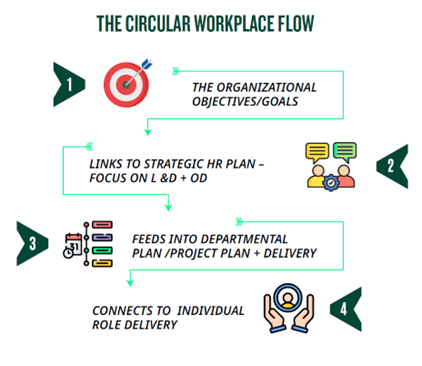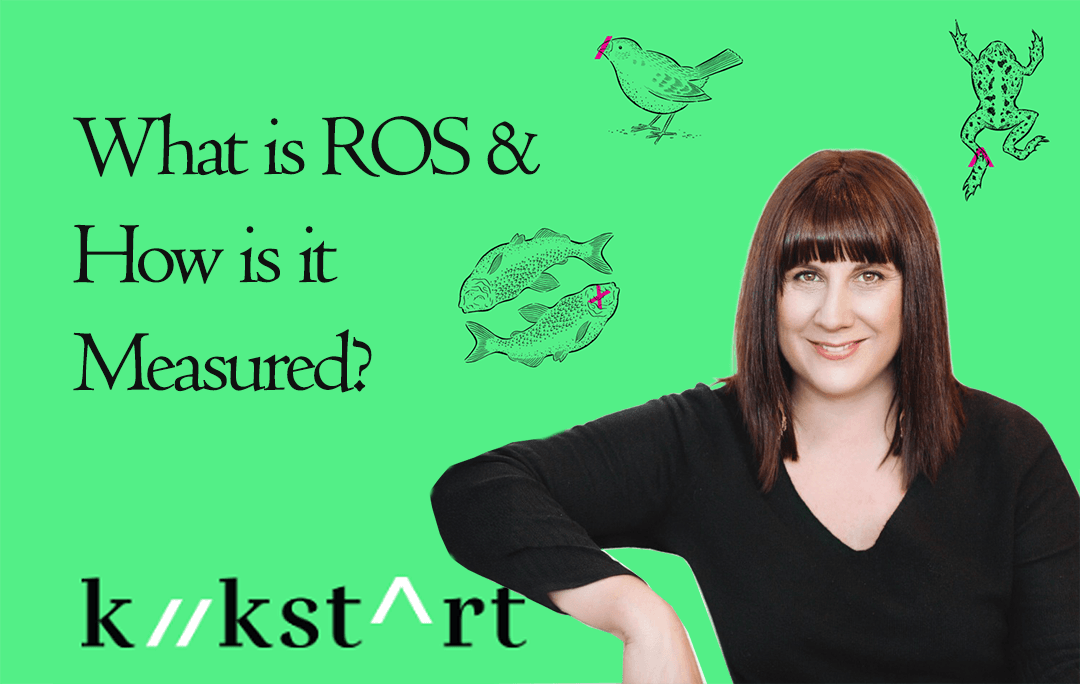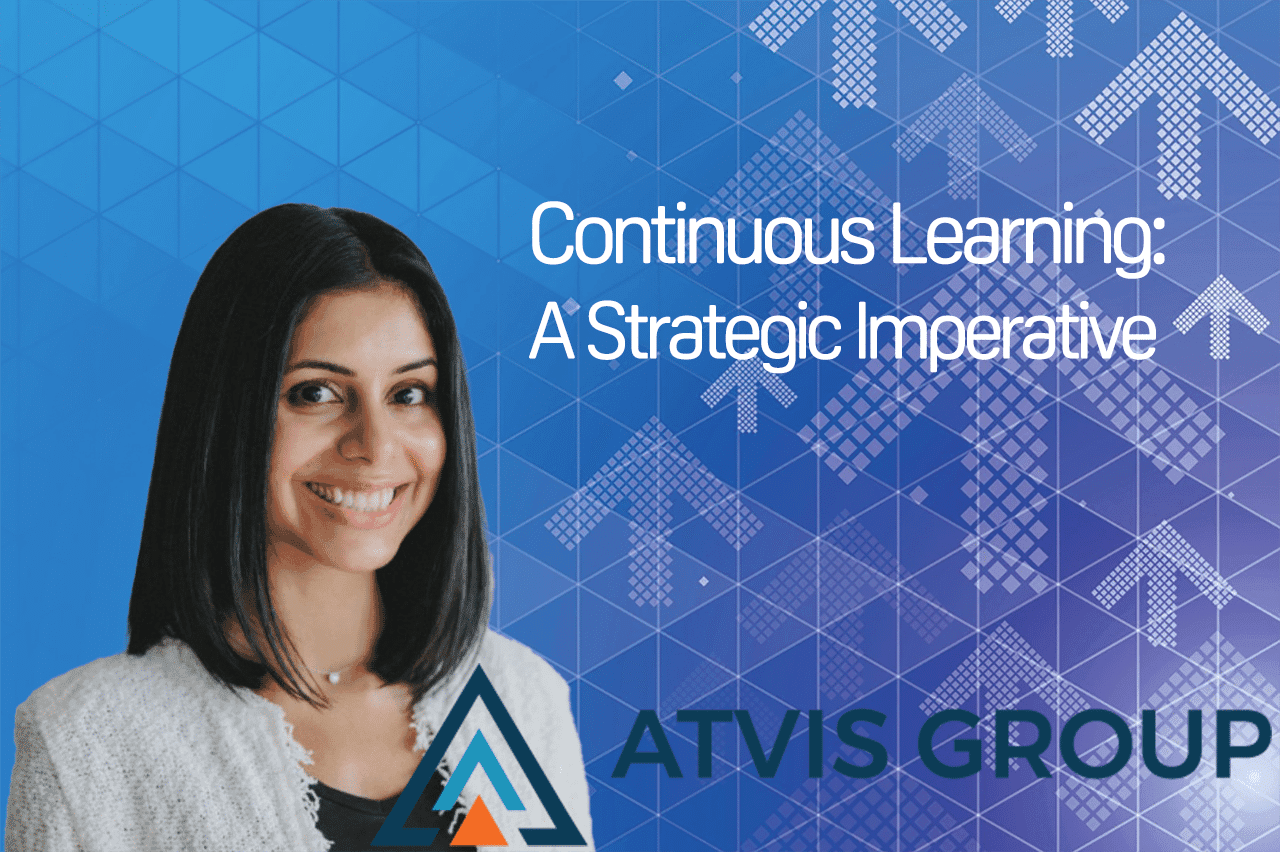Durable Learning, Demonstrable Business Impact
Where do skills fit in designing roles that deliver durable outcomes and impacts? What do we need to do differently?
Guest Blog Post
Ali Uren, Founder, Kiikstart
Ali Uren is the Founder of Kiikstart and Designer of The Circular Workplace.
A dynamic force in tackling organizational brain drain, Ali serves her clients by designing smarter skill sets and cultivating a culture of shared wisdom. She is dedicated to empowering purpose-driven brands with the tools to transform work challenges into opportunities. Her innovative approach centers around achieving a Return on Skills (ROS) by capturing lessons learned and repurposing collective wisdom to drive both people and commercial success.
Ali’s proprietary method, The Circular Workplace, ensures that valuable insights are not lost when employees leave, fosters the development of entrepreneurial skills across all roles, and encourages teams to take ownership of outcomes and impacts collaboratively. Through strategic live project roadmaps and a continuous learning environment, Ali enables organizations to convert threats into growth opportunities. With a proven track record of partnering with over 200 brands and developing over 2000 individuals, Ali’s impact is evident in her projects’ consistently high completion and success rates. Her commitment to innovation and collaboration extends beyond Australia as she explores global opportunities to help more organizations leverage their innate potential.
The Power of Skill Sets in Strategic Role Design
In my second article with Kompetently, I unpack where skills fit in how we design roles that deliver durable outcomes and impacts, and what we need to do differently from a Leadership and organizational perspective to make skills and skill development a part of daily work and role delivery.
To maximize any investment in skill development, we need to allocate time and space to designing new roles with our people.
And I’m not talking about the way roles have been created in the past or the ones you want to hand over to AI.
I’m talking about a style and manner of designing roles that has the proven ability to reshape relationships, create new ones, and provide an evolving roadmap for performance.
Continue designing roles as business as usual, and you’ll risk the following (note this is not an exhaustive list)
- Wasted investment
- Lost commercial opportunities
- Disconnected and disillusioned people
Connecting The Dots
It’s one of our first actions with a project partner to determine skills and skill sets for the broader L&D initiative.
This means using the Circular Workplace flow and joining the roles across four key areas, which are left mainly disjointed in traditional skill development planning and the broader L&D approach.

Too often, skill development has been viewed as an individual exercise rather than a collective experience. The skill and intel someone acquires begins and ends with the person and how they choose to use it.
One of the key outcomes is brain drain across the organization.
It is also a lonely existence without a genuine understanding of how people’s roles contribute to achieving outcomes and impact both at a team level and a broader organizational level.
To fully maximize what Kiikstart refers to as return on skills (ROS), skill development must be connected back to the goals of individuals, the department/team, and the overarching organization.
Take a moment to stop and reflect on what your own job roles look like in your team.
Go and get these and ask yourself the following questions we ask our partners early on when doing this work.
- How do each of the individual roles specifically connect to delivering on team goals?
- What specific team goals are referred to within each of the roles?
- What relevant and meaningful bigger-picture organizational goals are referenced in each role?
Could a member of a team, new or existing, pick up their current role and get a clear understanding of how their role
- Needs to be delivered
- How it serves the team, department, and the broader organization
This is neither static nor linear, so expect to make space and time to revisit the above with your people as often as required to keep pace with change. Both internal and external to the organization.
Marrying Skills and Skill Sets to The Four Levels
Without linking roles to the associated goals in those four levels, Leaders are at risk of undertaking skill development that fails to meet expectations.
From an individual perspective and an organizational perspective.
For any skills to deliver durable outcomes and impacts ongoing and even in challenging times, they must be mapped directly back to specific but broader goals.
In L & D, this means mapping the units of competency within the skill set or skill back to specific goals outlined in the role.
Undertaking this specific task at the time of researching what skills/ skill sets you will be investing in allows the following to occur:
- You can identify what skills meet specific goals across the four levels.
- And identify the existing gaps in the unit of competence as they relate to specific goals.
As such, you can make informed decisions about where and how these skill gaps must be fulfilled, not based on your opinion, gut feeling, and what others think is the right course of action.
Roles Mapped Against Skills = Informed Decisions
Mapping roles allows you to design the roles based on not just what you need people to deliver but, more importantly, how you want them to deliver. The style and manner in how someone is going to show up and deliver the agreed outcomes and impacts.
It will also be a distinct differentiator for your brand when your team defines and adopts it.
Nuance is where performance happens and durable outcomes and impacts are made.
When we’ve identified and connected specific skills and skill sets back to the four levels, we can agree on how roles will fully leverage investment. To deliver ROS.
This is a discussion between Leaders and Learners before making a decision about skill development. And it’s particularly important as it sets up the expectations for both parties before any skill development is undertaken.
Key questions worked through in the before stage include:
- How does this skill or skill set help deliver goals identified across the four levels?
- How do you expect to use these skills initially in your role (note this evolves over time)
- What do you want to look different in how you deliver the role as a result?
- What will great look like in terms of outcomes and impacts?
- How will we assess these skills in the role and measure outcomes and impacts?
From experience, this step is largely missed as organizations place more value on gaining the skill than on what someone is going to create from gaining the skill in terms of new value. There is new value in terms of the benefits they gain as learners and the benefits created for the team and organization.
Assessment is a Critical Part Often Overlooked
When designing roles that can fully leverage skill development, we must also make space for ongoing assessment.
Again, in the rush for our people to hurry up, acquire the skill or skill set, and start delivering the results, we forget about the essential piece that happens in the middle of this.
And this is a robust and thorough assessment process.
While assessment is part of more formal skill development, this is not personalized to the role and, therefore, is something that needs to be designed and undertaken post-learning. To have real relevance and meaning to both Learner and Leader.
Without assessment in the workplace, ownership over outcomes and impacts is diminished, and the true value of skill development is never properly measured.
When working with people to determine how skills will be assessed as part of role delivery, there are some essential “rules of enjoyment,” as we like to refer to them at Kiikstart.
- It must be practical and competency-based – you can measure it against the unit of competency attached to the skill/skillset.
- It must be relevant to the role and industry.
- It must be a supportive environment where “no one fails.”
- When and if you find the skill gap in assessment, create a plan to fulfill it.
- It needs to be time-limited.
- It needs to assess both knowledge evidence and performance evidence (what people can do/ what they can create)
When we are working to add the assessment component to skilling in any job role, we always need to contextualize the approach. This means as the Leader I am considering:
- The environment in which the assessment will take place.
- The job role and industry in which it is delivered
- And the individual learner’s needs, style, experience, and skill set
Final Takeaway
Before you outsource your role design to AI, think again. There are role descriptions, and then I’ve shared what I’ve shared here.
A co-designed, evolving document that keeps pace with the world around it and joins the dots between skill development and the delivery of durable outcomes and impacts.
One that is a roadmap for ongoing development while keeping Learner and Leader connected and honest.
Remember not all role descriptions are created equal.







